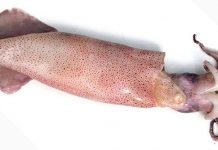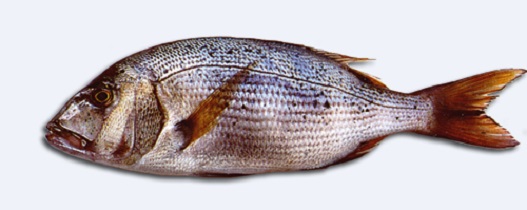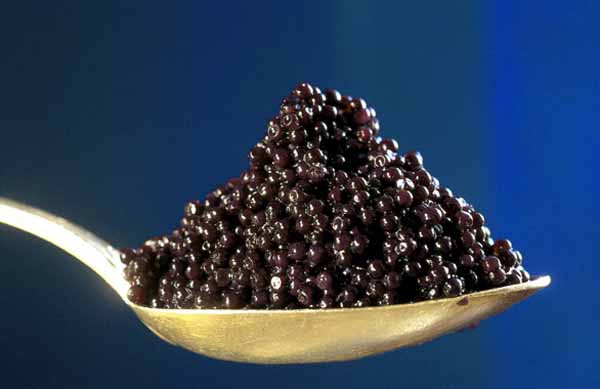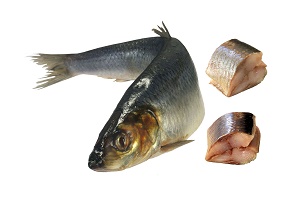
Description
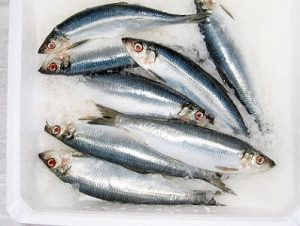
Herring is a green fish also known as Clupea harengus, of the Clupeidae family.
This fish lives in large herds that populate only and exclusively the areas of the North Atlantic Ocean coast: Iceland, Greenland, North America and northern Europe, especially the Netherlands and Norway and many other countries yet.
Often when fishing for this species, it is easy to capture very large specimens in the abyssal depths of over 1500 meters, and this is commonly called King of Herrings.
The average length of up to herring is 50 centimeters and his body is fusiform, covered entirely of very large and thin scales but that does not make it to the animal’s head.
The pointed mouth, is covered with small teeth, but the mandible appears to be aesthetically undershot.
In his back, the coat is blue in color tending to green and fades long the silvery flanks up to the belly, which instead is very pale color.
This species of fish is played consistently throughout the year and every single specimen can lay up to 40,000 eggs.
Herring feeds mainly on invertebrates, mollusks, crustaceans, larvae and eggs, and a very important fish for the food balance of its habitat, as this is the main source of food for birds, seals, squid, sharks and other many species.
Fishing for this example, has been and still is the power backbone of the inhabitants of northern Europe, and today it is still to be drawn not only eaten fresh, but also preserved, with methods of pickling or salting, although consumption levels, are significantly lower than those medieval.
In Italy the herring is very well known, but at the same time very undervalued compared to other green fish, while in the Netherlands, is the main ingredient of the national cuisine, offering an array of recipes and cooking methods, such as smoked, raw or marinated.
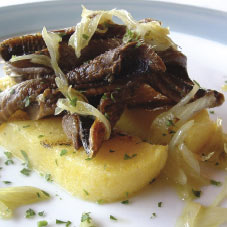
Following an in-depth historical research, it would appear that the consumption of herring to date back to 3000 BC already, while marketing and its export have blossomed in the fourteenth century, thanks to a named Willem Bueckelszoon fisherman, who had the opportunity to test the conservation methods like smoking and drying.
The herring compared to other types of green fish, has a very reduced price on the market, but from the point of view of nutrition is very rich in benefits for the body. In fact possesses a great quantity of essential polyunsaturated fatty acids, in particular those belonging to the family of omega 3, such as alpha-linolenic acid.
Precautions for consumption
As already described in the paragraph above, herring can also be eaten raw, but the important thing is that it complied with the principles of healthiness of the product once harvested.
Very often the meat of this fish is infested by a bacterium that takes the name of “Anisakis” and it is a parasite that mainly attacks the intestinal area of the fish alive and even after death, and has the ability to expand toward the meat.
There are measures to be taken for the prevention of this bacterium and they are:
1. dissect the animal immediately freshly caught but without extracting the contents.
2. The reduction in temperature
3. cold thermal treatment with a temperature of minus 18 degrees
4. Hot Heat treatment to remove any larvae found in fish.

